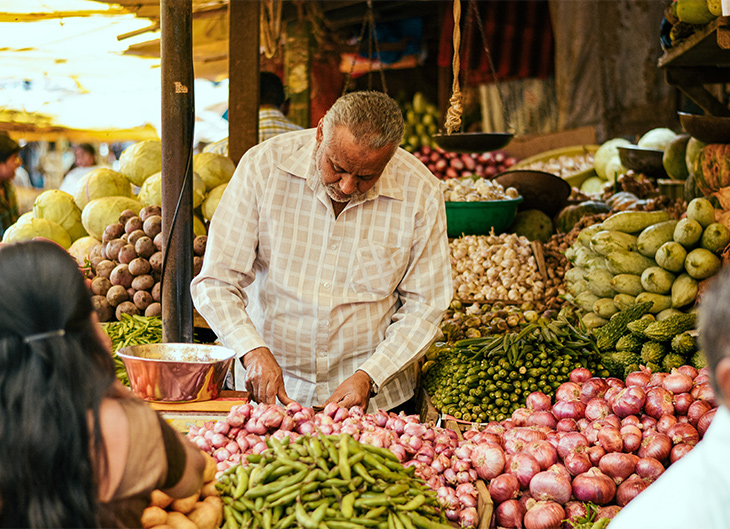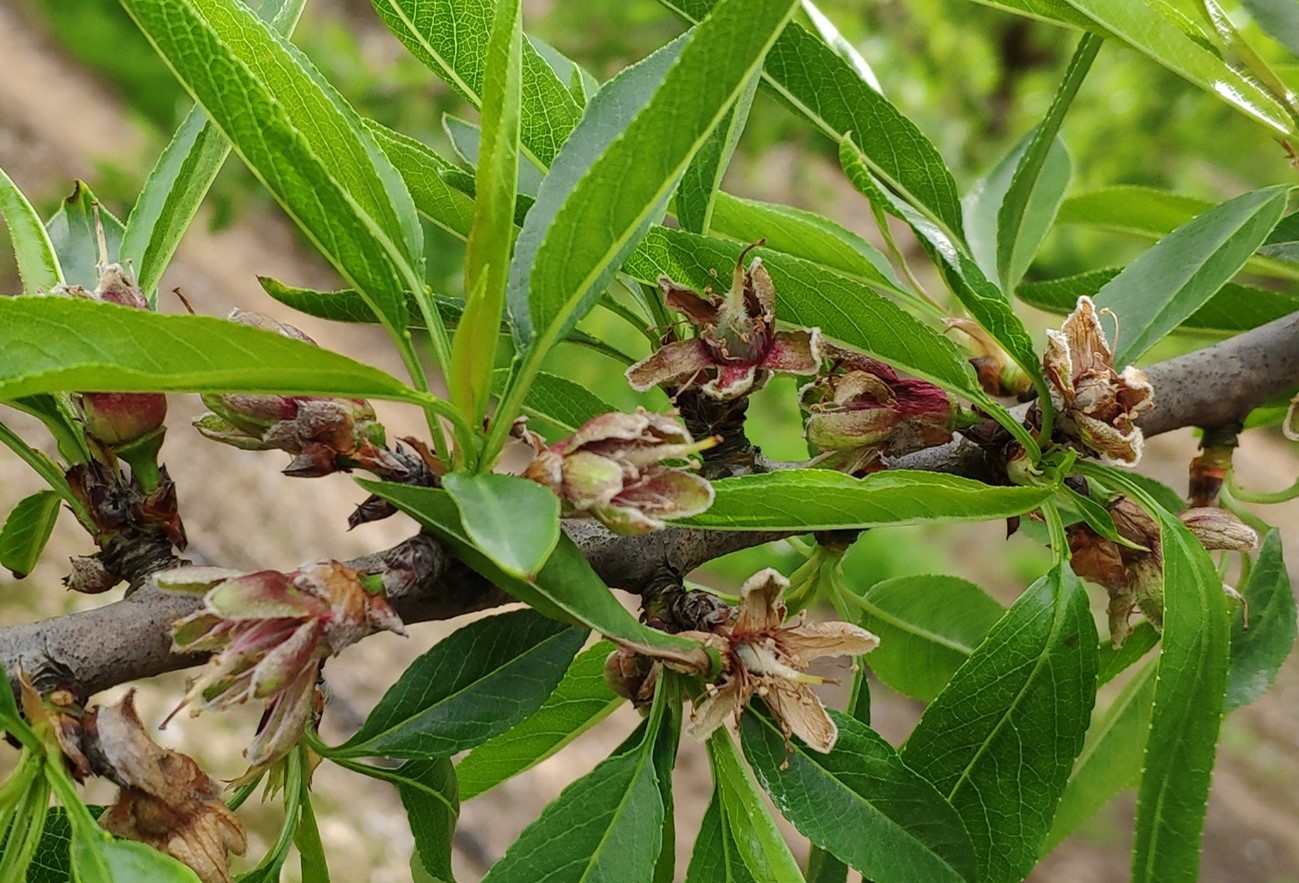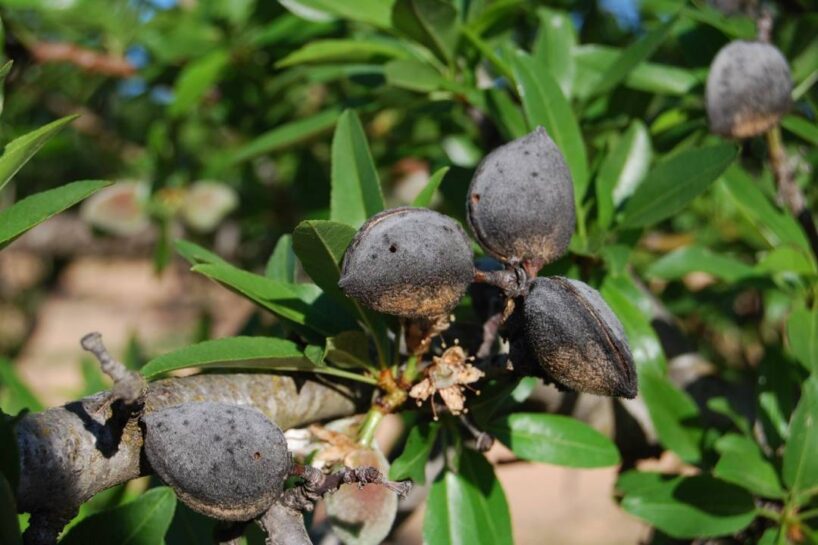
Almond wasp already affects 28% of the area of this crop in Spain
The “almond beep” (Eurytoma amygdali Enderlein) is a hymenopter belonging to the eurytomidae family and is considered one of the most dangerous pests for this crop as it is able to mermar up to 90% of almond crops. Endemic to eastern and southeastern European countries as well as the Middle East, this plague is present in all Mediterranean countries (in France it was first detected in 1981).
In Spain, the first detection took place in July 2010 in Castilla-La Mancha. Since then, it has expanded to Aragon, the Valencian Community, Murcia and Catalonia, affecting 28% of the total area of this crop (about 200,000 hectares) and becoming a problem for the plantations of this crop in the Mediterranean basin, especially ecological production, since neither technological control, with sexual pheromones and traps with attracting food, nor biological control are being effective at the moment. By percentage of affected area, Castilla-La Mancha is located first, with 40% of almond trees damaged, followed by the Valencian Community (26%), Aragon (18%), Murcia (14%) Catalonia (2%).
Last February, from the Region of Murcia they already warned of the risk of an uncontrolled expansion of this pest if coordinated and vigorous action by farmers and the regional administration was not articulated. In this month of March, the detection of new spotlights has been reported in the region of Murcia and in the province of Valencia.
By 2020, pest losses are estimated at EUR 14 million. 75% would correspond to direct production losses while the remaining 25% correspond to increased expenditure on cultural measures and plant protection products needed to cope with the pest.
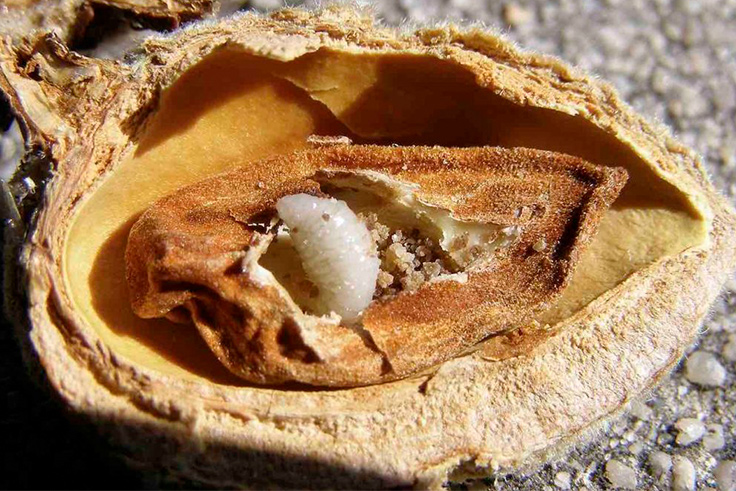
The follow-up of this hymenopter, due to the absence of a pheromone that allows to know precisely the biological cycle, is very complicated, so, today, studies focus on detecting as accurately as possible the beginning of the emergency of the first adults. The calculation of the exact moment is momentous since the period of phytosanitary treatment is very short and must be acted on before the females make the laying, since they perform it quickly after emerging. In addition, the ideal treatment time is different in each area and depends on the weather conditions of each plot.
The greatest danger of this pest lies in the “lack of coordination” and that individual treatment and control is insufficient. It is therefore very important to remove the affected almond trees from the abandoned fields and ditches of the roads, and if possible the affected fruits of each of the plots.
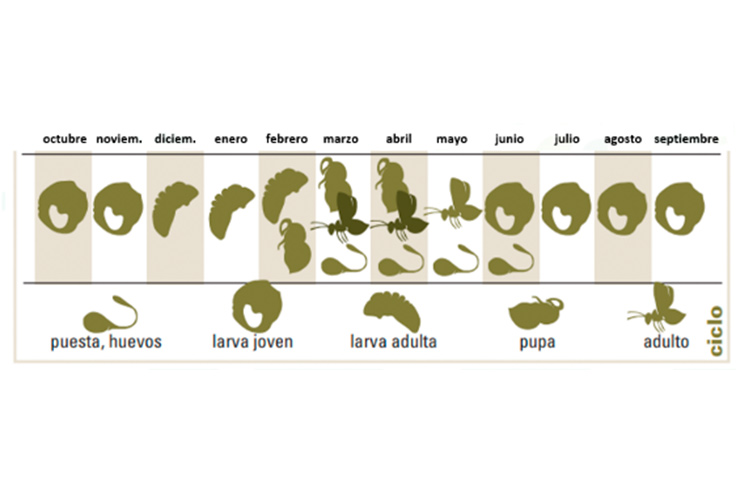
In the early stages you can see and clean by hand the fruits affected by the larvae, taking advantage of the fact that the trees do not yet have leaves; this work is carried out without the need for phytosanitary support, at a rate of about 90 minutes per hectare. Otherwise, other containment treatments, which require at least three applications, should be used at the cost of plant protection products and their application. Further consideration should be given to the aggravation that this treatment is not possible when it comes to organic almond trees.
The associations call short-term for a package of direct aid to the producers concerned to compensate for the economic losses caused by a foreign plague. They also propose to the various Administrations to coordinate a joint action plan that allows control, reduction of damages and avoids their expansion, as well as greater investment in lines of research.
In short, the elimination of the affected fruits and the application of treatments during the mating and laying season have been revealed as the most recommended and cost-effective preventive strategies.


